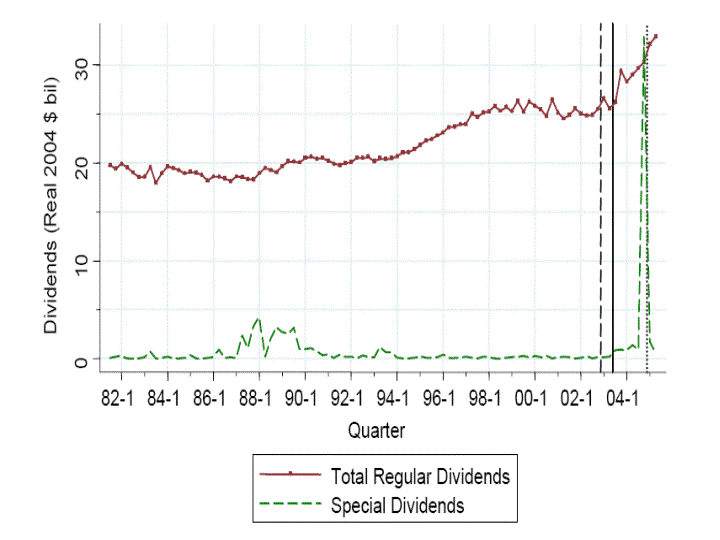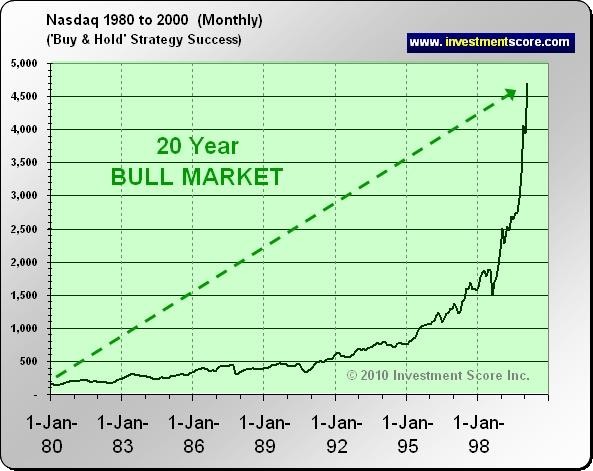TwentyFirst Securities Corporation Strategies For The Professional Investor
Post on: 27 Апрель, 2015 No Comment

The taxation of options on exchange traded funds (ETFs) hinges upon both the structure of the fund and whether the option is listed or over-the-counter.
Options on Mutual Funds– Listed options on Mutual Funds are taxed “regularly” as a Mutual Fund is a corporation, specifically a Regulated Investment Company (RIC). All early ETFs were setup as RICs. Holding period of these options determines whether any gain/loss is short or long-term. Gains and losses are only recognized when the option position is closed or expired. Note that for writers of these options, all gains or losses will be treated as short-term regardless of how long the option position is held open.
When Index Options were first introduced, the government decided that Index Options would not be taxed “regularly”, but instead be taxed like futures contracts under IRC Section 1256. Congress coined the term “non-equity” options to encompass these new Index Options and any other listed options not on a single stock or a narrow based index.
Under Section 1256. The gains and losses are treated as 60% long-term and 40% short-term capital gain/loss regardless of holding period. This treatment applies regardless of whether the investor is long or short the option. In addition, the options must be marked to the market on December 31, all unrecognized gains and losses are realized at year-end.
As an example, a listed option on the S&P 500 ETF would be taxed regularly; an option on the S&P 500 index would be taxed as a non-equity option — a section 1256 contract.
All OTC options are taxed “regularly”.
After all of the ETF innovation in the marketplace, we find the number of options that will be treated as non-equity options has grown. If the ETF is not set up as a RIC, but as a trust (like GLD) or a limited partnership (like USO), then listed options on the ETF would be treated as a non-equity option under Section 1256.

Investors can maximize their after-tax returns from the use of options on ETFs by using Section 1256 options if they plan on holding the option for less than one year or if they are writing the options. If the investor plans on holding the option for over one year, then options on a corporate ETF or an OTC option would be preferable.
There have also been a large amount of exchange traded notes (ETNs) issued with their returns tied to various types of securities and commodities. As long as the value of the ETN is not tied to a single stock or a narrow based stock index, then listed options on ETNs should be treated as Sec. 1256 contracts.
Options involve risk and are not suitable for all investors. Before engaging in an options transaction, investors must review the booklet Characteristics and Risks of Standardized Options .














